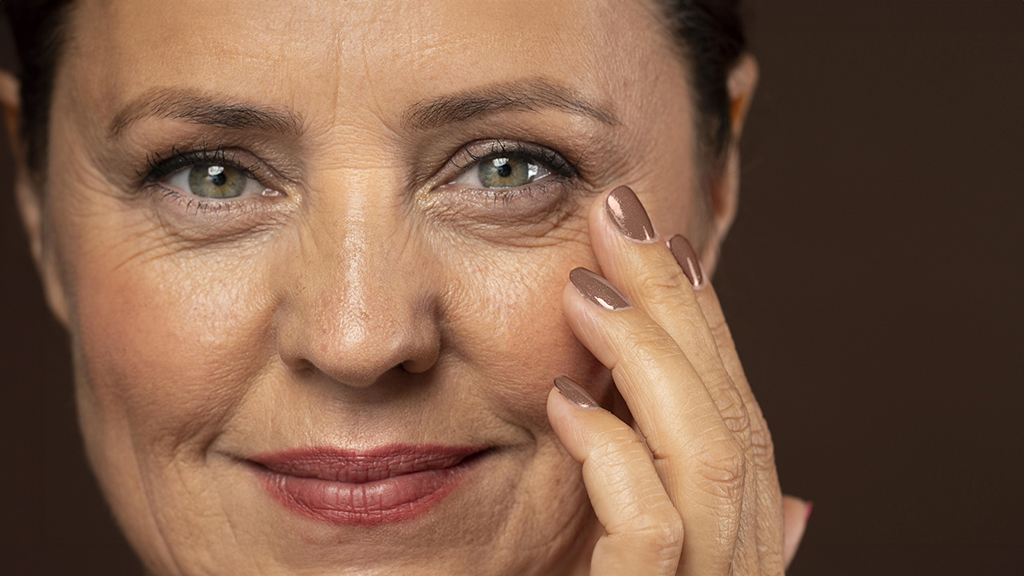Risks & Complications of Breast Uplift
Every surgical procedure involves a certain amount of risk. It is important that you understand the risks involved with breast uplift. An individual’s choice to undergo a surgical procedure is based on the comparison of the risk to potential benefit. Although the majority of women do not experience the following complications, you should discuss each of them with your surgeon to make sure you understand the risks, potential complications and consequences of breast uplift.
Bleeding – It is possible, though unusual, to experience a bleeding episode during or after surgery. Should post-operative bleeding occur, it may require emergency treatment to drain accumulated blood, or blood transfusion. Do not take any aspirin or anti-inflammatory medications for ten days before surgery, as this may increase the risk of bleeding. Non-prescription “herbs” and dietary supplements can increase the risk of surgical bleeding.
Infection – An infection is quite unusual after this type of surgery. Should an infection occur, treatment including antibiotics or additional surgery may be necessary.
Change in nipple and skin sensation – You may experience a change in the sensitivity of the nipples and the skin of your breast. Permanent loss of nipple sensation can occur after a breast uplift in one or both nipples. Nipple sensation may be lost if nipple graft techniques are used for breast uplift.
Skin scarring – All surgical incisions produce scarring. The quality of these scars is unpredictable. Abnormal scars may occur within the skin and deeper tissue. Scarring is more prominent following the more extensive breast uplift operations. Please remember that the crease underneath the breast is greater (and hence the scar better hidden) if the breast is larger or more sagging pre-operatively.
Exccesive scarring is uncommon following cosmetic surgery. It is most common in those with a family history of excessive scarring; in patients that already have such scars; and in Afro-Caribbeans. However, generally a patient’s individual tendency to such scarring cannot be diagnosed in advance. It is important to realise that the rate at which scars heal and fade varies considerably from patient to patient.
In some cases, scars may require surgical revision or other treatments but may remain permanently excessive.
Unsatisfactory result – There is the possibility of a poor result from the breast uplift surgery. You may be disappointed with the size and shape of your breasts. Asymmetry in nipple location, unanticipated breast shape and size may occur after surgery. Breast size may be incorrect. Unsatisfactory surgical scar location and excess of skin in the corner of the breast (dog-ears) may occur. It may be necessary to perform additional surgery to improve your results.
Nipple areola necrosis – Very occasionally, following breast uplift, the blood supply to the nipple may be compromised. The nursing staff are watching for this in the first 24 hours. It is relatively rare for the nipple not to survive even when there has been some compromising of its blood supply.
Permanent skin discoloration – Is rare after most forms of surgery. Permanent staining may result if the patient sunbathes or uses ultraviolet sun beds whilst any visible skin bruising remains.
Seroma – This is a localised swelling within the tissue that is comparatively rare following cosmetic surgery. Occasionally, it may be necessary to perform a relatively minor procedure to drain the collection of fluid.
Breast feeding – In general terms, the opportunity for breast feeding remains unaltered after most breast surgery. Following the Breast Uplift, the repositioning of the nipple MAY result in an inability to breast feed.
Asymmetry – In cases where there exist significant asymmetries pre-operatively, these will often be very much improved following surgery. However, there can be no guarantee that the areas will be identical following surgery.
Delayed healing – Wound disruption or delayed wound healing is possible.
Smokers have a greater risk of skin loss and wound healing complications.
Additional Surgery Necessary
Should complications occur, additional surgery or other treatments may be necessary. Even though risks and complications occur infrequently, the risks cited are particularly associated with breast uplift. Other complications and risks can occur but are even more uncommon. The practice of medicine and surgery is not an exact science. Although good results are expected, there is no guarantee or warranty expressed or implied, on the results that may be obtained.
Additional Advisories
Deep Venous Thrombosis, Cardiac and Pulmonary Complications: Surgery, especially longer procedures, may be associated with the formation of, or increase in, blood clots in the venous system. Pulmonary complications may occur secondarily to blood clots (pulmonary emboli), fat deposits (fat emboli) or partial collapse of the lungs after general anaesthesia. Pulmonary and fat emboli can be life threatening or fatal in some circumstances. Air travel, inactivity and other conditions may increase the incidents of blood clots travelling to the lung causing a major blood clot that may result in death. It is important to discuss with your surgeon any past history of blood clots of swollen legs that may contribute to this condition. Cardiac complications are a risk with any surgery and anaesthesia, even in patients without symptoms. If you experience shortness of breath, chest pain or unusual heart beats, seek medical attention immediately. Should any of these complications occur, you might require hospitalisation and additional treatments.
Smoking, second-Hand Smoke Exposure, Nicotine Products (Patch, Gum, Nasal spray): Patients who are currently smoking, use tobacco products, or nicotine products are at a greater risk for significant surgical complications of skin dying, delay in healing and additional scarring. Individuals exposed to second hand smoke are also at potential risk for similar complications attributable to nicotine exposure. Additionally, smokers may have a significant negative effect from anaesthesia and recovery from anaesthesia, with coughing and possibly increased bleeding. Individuals who are not exposed to tobacco smoke or nicotine containing products have a significantly lower risk of this type of complication.
It is important to refrain from smoking at least six weeks before surgery and until your surgeon states it is safe to return, if desired.
Female patients information: It is important to inform your surgeon if you use birth control pills, estrogen replacement, or if you believe you may be pregnant. Many medications including antibiotics may neutralize the preventive effects of birth control pills, allowing for conception and pregnancy.
Intimate Relations after Surgery: Surgery involves coagulating of blood vessels and increased activity of any kind may open these vessels leading to a bleed or hematoma. Increased activity that increase your pulse or heart rate may cause additional bruising, swelling and the need for return to surgery and control of bleeding. It is wise to refrain from sexual activity until your surgeon states it is safe.
Medications: There are many adverse reactions that occur as the result of taking over the counter, herbal, and/or prescription medications. Be sure to check with your surgeon about any drug interactions that may exist with medication that you are already taking. If you have an adverse reaction, stop the medication immediately and call your surgeon for further instructions. If the reaction is severe, go immediately to the nearest hospital. When taking the prescribed pain medication after surgery, realize that they can affect your thought process. Do not drive, do not operate complex equipment, do not make any important decisions and do not drink any alcohol while taking these medications. Be sure to take your prescribed medication only as directed.
For details about procedures and treatments or for a consultation, advice and prices from our Dubai clinic please call +971 4 431 2396 or use our online form.


